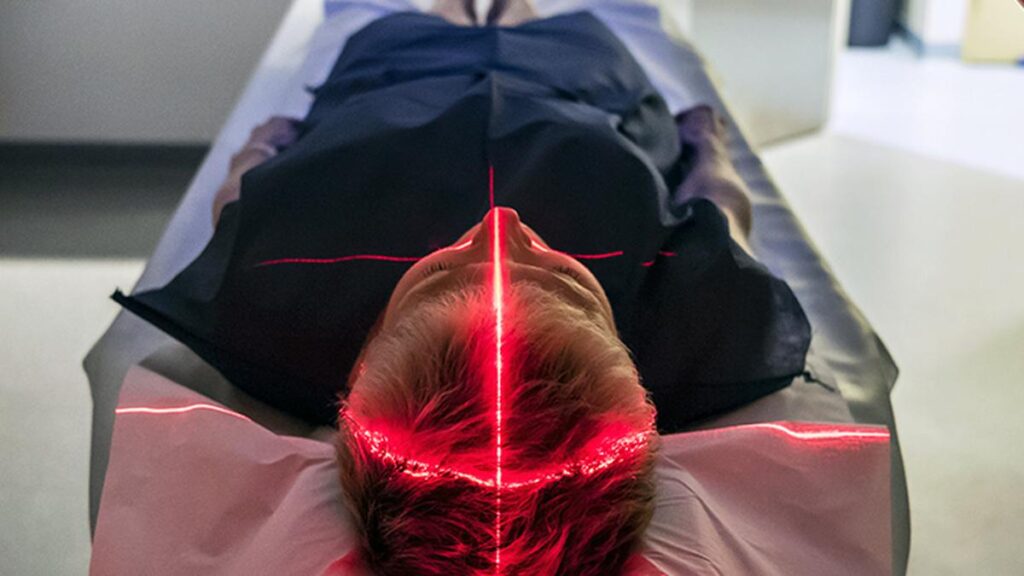970x125
Certain organs can be partially donated while alive such as a lobe of the lung, a portion of the pancreas, or a segment of the intestine allowing recipients a new chance at life without compromising the donor’s overall health |Image used for representational purpose only
| Photo Credit: Getty Images
970x125
When people hear “ living organ donation,” they usually think of a kidney or part of a liver. However, medical progress now allows living individuals to donate parts of other organs. This can save lives without putting your own health at risk. The powerful impact of these donations is clear. Recipients benefit greatly, and donors often consider the experience as one of the most meaningful acts in their lives. Beyond kidney and liver, here are some of the lesser-known living donations

A lobe of the lung
Currently, it is not possible to survive after donating an entire lung. However, in specific cases of severe lung disease, a patient can receive a lobe from a healthy donor.
While the donor may face a slight reduction in lung capacity in some circumstances, the recipient can often stop relying on constant oxygen support, leading to a quick improvement in their quality of life. This procedure is usually considered when no donor lungs are available from deceased individuals and the patient is in critical condition.

A portion of the pancreas
A pancreas transplant, or a partial transplant, can be life-changing for patients with serious Type 1 diabetes, especially when they cannot control their blood sugar despite intensive treatment.
Donors go through thorough screening to ensure their remaining pancreas can still produce insulin and digestive enzymes at normal levels. Although recovery takes several weeks, the reward is knowing that you have given someone the chance to live without needing daily insulin injections.
A segment of the intestine
Small bowel transplants are uncommon but can be essential for patients with severe intestinal failure who struggle to absorb nutrients through regular digestion. Donors can donate a section of their small intestine. The recovery period is longer compared to other procedures, but most donors manage well due to the intestine’s impressive ability to adapt.
In medical perspective, living organ donation is a serious commitment. Every potential donor goes through a careful evaluation process, which includes — medical screening, to check for any existing health issues that could put the donor at risk.
Psychological assessment, to ensure the donor is fully informed, emotionally ready, and willing to donate without pressure. Surgical Planning, inorder to reduce risks and achieve the best outcomes for both the donor and recipient.
Post-operative care is just as vital. Donors are closely monitored, tracking their physical recovery and offering long-term health checks. A doctor’s responsibility is to save two lives—the recipient’s and the donor’s.

Ethical considerations
Living organ donation brings up important ethical questions. Informed consent is crucial; donors must understand the risks and long-term effects.
Coercion, even from caring family members, is not acceptable. Donors need to be aware of possible health impacts, even if they are rare. As doctors, we must ensure that the decision to donate is genuinely voluntary and that no potential harm outweighs the benefits. These donations can mean the difference between life and death, or between being tied to medical machines and living fully.
While living organ donation is not a decision to take lightly, it is important to learn about the intricacies of the procedure. Under the right circumstances, one may find that they can gift a life without sacrificing their own health.
(Dr. Rahul Rai is senior consultant, hepatology & liver transplant physician, Narayana Hospital, Jaipur. rahul.rai.dr@narayanahealth.org)
Published – August 15, 2025 06:00 pm IST
970x125

